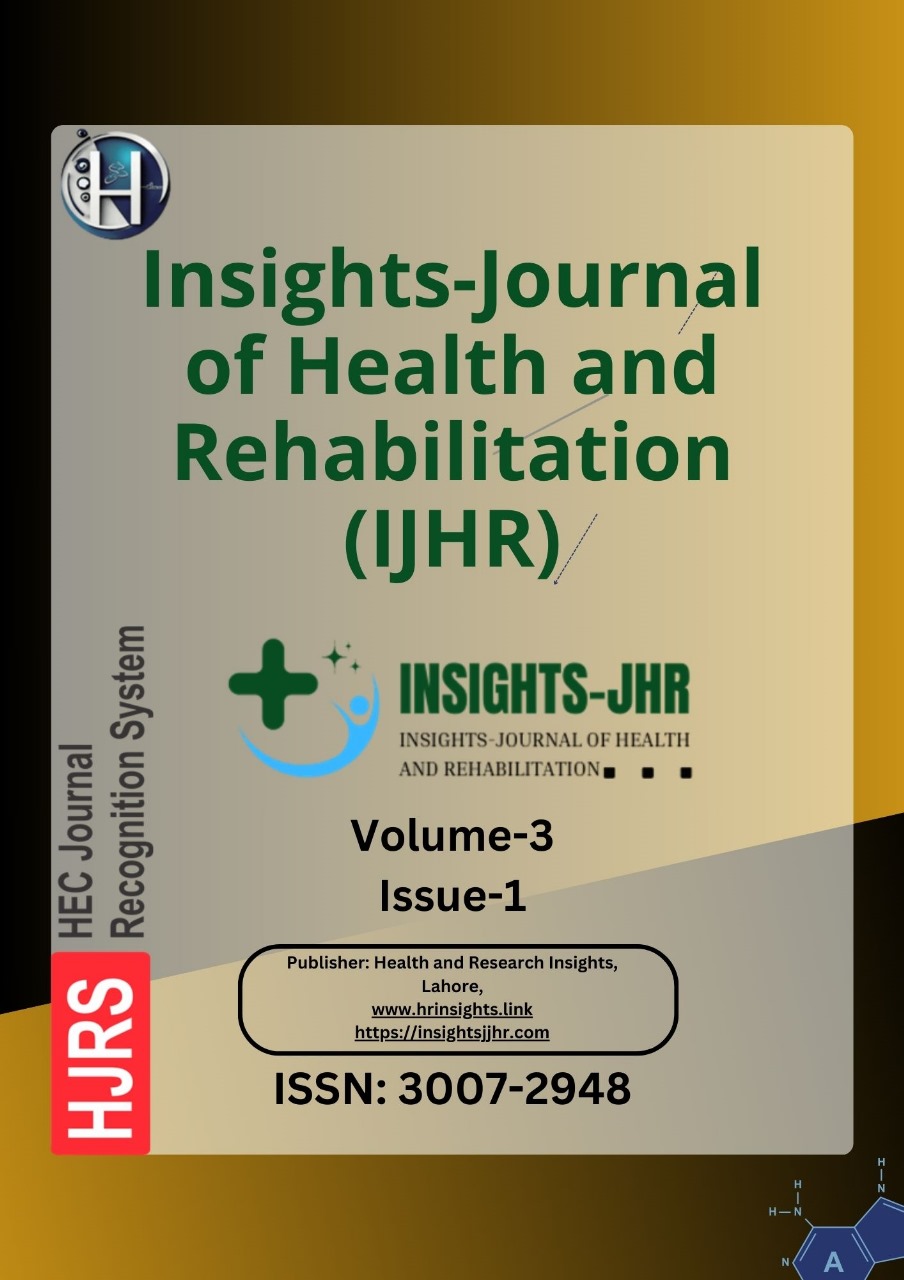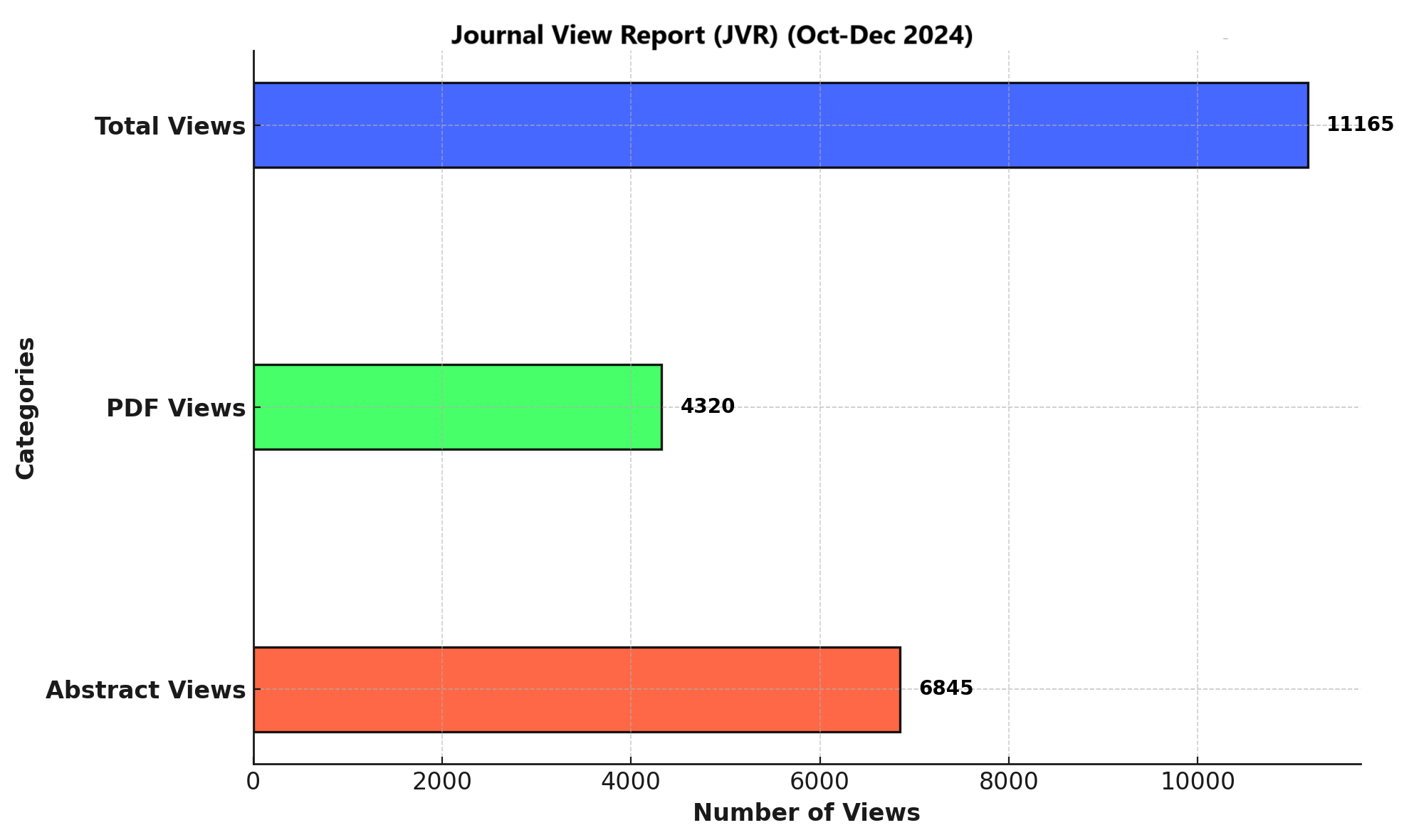ROBOT-ASSISTED GAIT TRAINING IN PATIENTS WITH PARKINSON DISEASE
DOI:
https://doi.org/10.71000/m4ak5a08Keywords:
Basal ganglia, freezing gait, neuroplasticity, Parkinson disease, rehabilitation, robot-assisted gait training, walking disordersAbstract
Background: Gait impairment is one of the most disabling symptoms of Parkinson’s disease (PD), significantly affecting mobility and quality of life. Parkinsonian gait abnormalities, including freezing and festinating gait, arise from basal ganglia dysfunction due to the degeneration of dopaminergic neurons, leading to reduced neuronal connections and impaired motor regulation. While pharmacological interventions targeting dopaminergic circuits are effective for some motor symptoms, gait impairments remain largely unresponsive to drug therapy, necessitating alternative management strategies.
Body: Recent advancements in neuro-rehabilitation have introduced interventions such as visual rehabilitation, tai chi, dance and music therapy, and robot-assisted gait training (RAGT). Among these, RAGT has emerged as a superior therapeutic approach due to its ability to promote neuroplasticity through task-specific, repetitive, and intensive training. By enhancing neuronal connectivity, RAGT addresses the underlying mechanisms of gait impairment in PD. The reviewed literature supports RAGT as an effective tool for improving gait mechanics, including stride length, gait speed, and overall mobility, making it a promising addition to rehabilitation protocols for PD.
Conclusion: This review underscores the potential of RAGT as a transformative intervention for managing gait impairments in Parkinson’s disease. By promoting neuroplasticity and addressing the limitations of pharmacological treatments, RAGT offers a viable solution for enhancing mobility and quality of life in PD patients. Future research should focus on optimizing RAGT protocols and exploring its long-term efficacy.
Downloads
Published
Issue
Section
License
Copyright (c) 2025 Muqadas Majeed, Muddasira Bashir, Rimsha Zaheer, Jannat Naveed, Wahaj Khan, Anbreena Rasool (Author)

This work is licensed under a Creative Commons Attribution-NonCommercial-NoDerivatives 4.0 International License.







